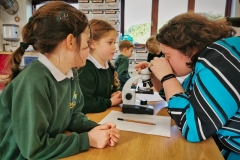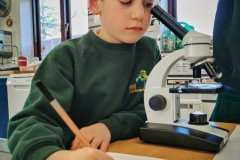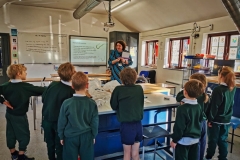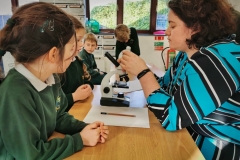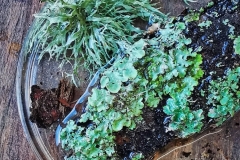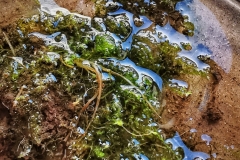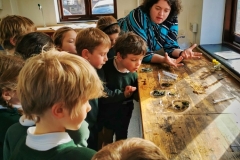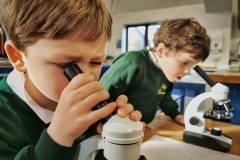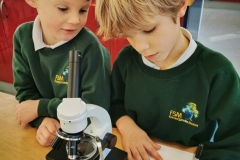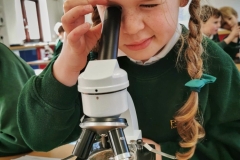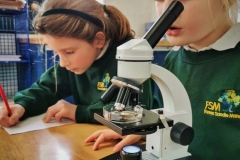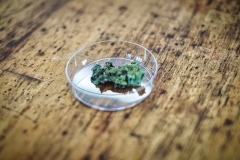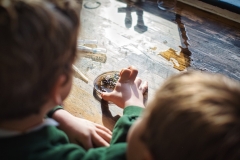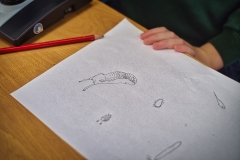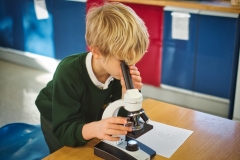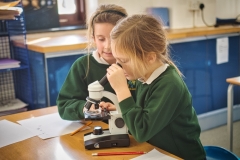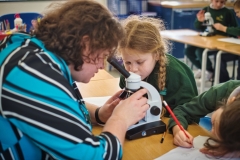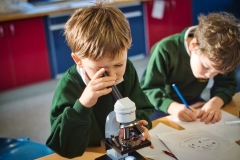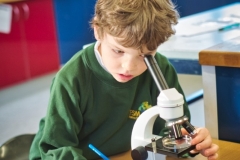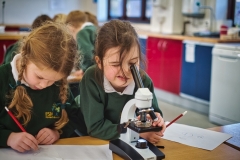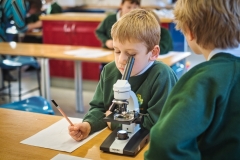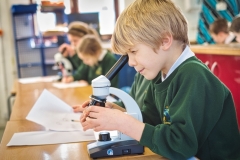Yesterday, Year Two visited the lab to go on a “moss safari” using microscopes to explore the variety of microscopic creatures found in moss and lichen from around the school site. They had the opportunity to observe and learn about the incredible diversity of life on our planet, from the tiniest of invertebrates to the biggest mammals.
Nematode Worms
Nematode worms, also known as roundworms, are one of the most abundant species found in the soil. They are multicellular organisms with a cylindrical body and have adapted to a variety of habitats, including moss and lichen. They feed on decaying plant matter and microorganisms and play an important role in the decomposition of organic material.
Tardigrades
Tardigrades, also known as “water bears”, are microscopic animals that can be found in moss and lichen. They have a segmented body and eight pairs of legs, and are capable of surviving in a wide range of extreme conditions, such as extreme temperatures, high pressure, and even the vacuum of space.
Gastrotrichs
Gastrotrichs are small, worm-like animals that live in moss and lichen. They have two rows of sensory bristles on their body, which they use to sense the environment and detect food. They usually feed on bacteria and other microorganisms and play an important role in the decomposition of organic matter.
Year 2 Exciting Moss Safari Experience
Year Two had a unique and exciting experience exploring the microscopic creatures found in moss and lichen from around the school site. They found a variety of species, from nematode worms to tardigrades and gastrotrichs, and gained an appreciation of the interconnected diversity of life on our planet.
Moss Safari Photographs
See more about Forres Sandle Manor Independent School News here.
